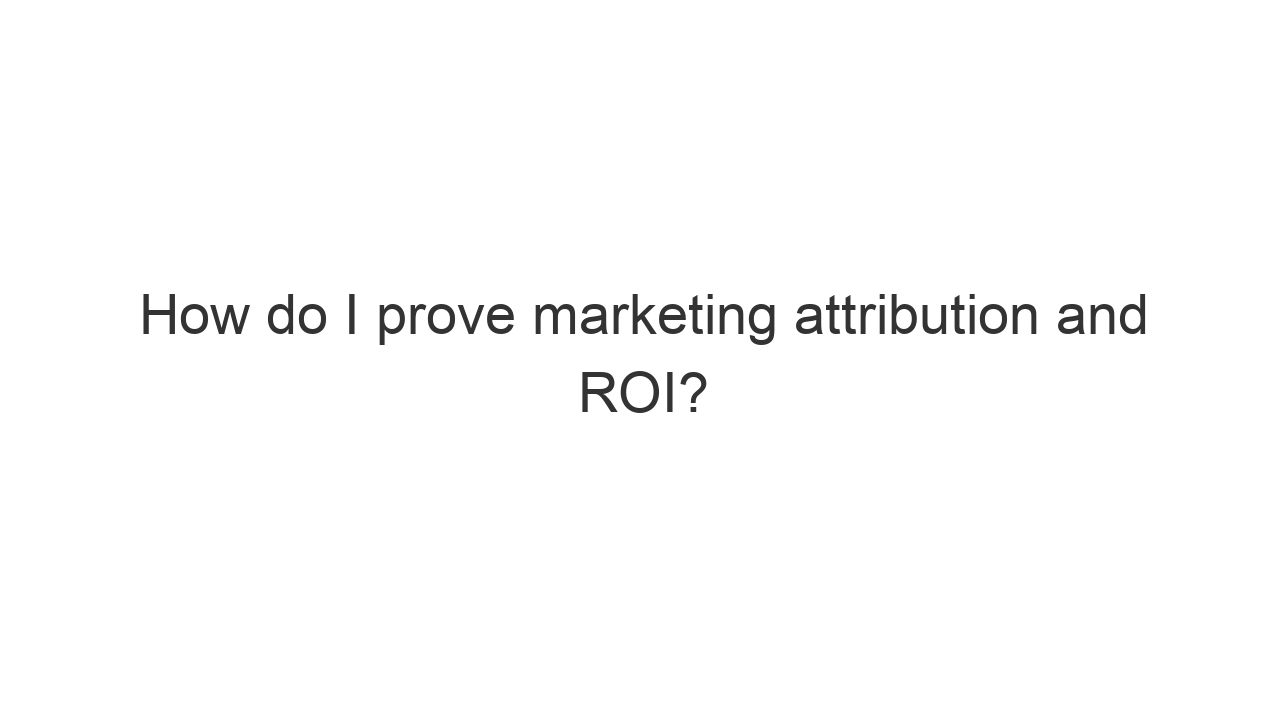The best place to start is measurement and business processes to establish the impact that marketing is having. You want to be able to identify, when we do X, we get Y and that was better than before by Z amount. If you were to imagine a boulder dropping on the ground, it will have an impact and leave a dent. That dent is what you’re trying to quantity! The total impact on business.
This is where analytics helps, to give you the precise measurements of the impact. And to give you the balanced view of what worked.
You might want to measure things like:
- Reach, how many people are we getting in front of
- Attention, how long people are engaging for each click.
- Average Scroll, how are customers consuming the page and content.
- Engagement rate, what customers do on the page, and if they click out, to make a purchase, or sign up to webinar etc.
- Conversion rate, rate at which people take the desired action.
- Bounce rate, are people staying, but use a bounce rate that captures if people leave even without clicking a link. Like Nudge does.
And deliver these with your customer at the centre of any explanation. For example, we reached 100,000 customers, and 35,000 explored our product line up, 200 made a purchase straight away and we grew our identifiable audience by 10,000. So we can continue to deliver value.
Spending some time on quantifying your ROI, which is a process unto itself is a key investment in time and resource. Proving it is usually done by delivering on this process. But having your data audited, or delivered by an independent party, helps to build trust in what’s been delivered.

|
|---|



